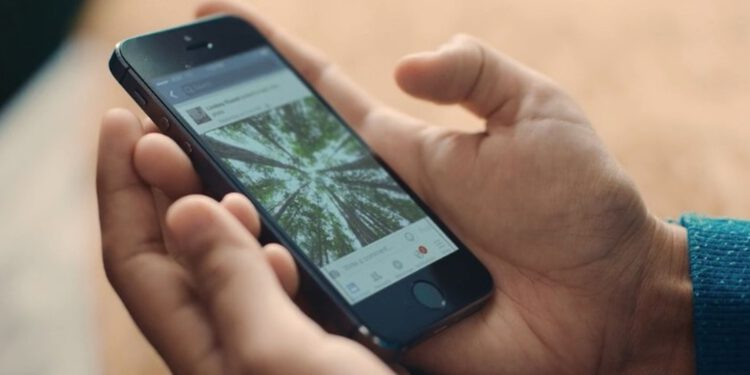Facebook has launched a new automatic text system powered by artificial intelligence that describes photos uploaded by users on the social network for blind people.
Every day more than 2,000 million photos are shared through social networks. Images are a very important means of communication, but their content is a challenge for blind or visually impaired people. In fact, they may feel excluded by not being able to participate in the conversations that revolve around images on social networks.
There are more than 39 million blind people in the world and more than 246 million who suffer from visual problems. Aware of this circumstance, Facebook has prepared a new alternative auto-text technology powered by artificial intelligence that helps people with vision problems so they can experience and enjoy the platform created by Mark Zuckerberg.
What is alt text autotext?
It is a development that generates a description of a photograph. When moving from one image to another, people using screen readers on iOS devices will hear a list of items that each photo can contain.
So far, screen reader users only heard the name of the image sharer followed by the term “photo.” Now a detailed description of what is in the image will appear “ ” The image can contain three people, smiling, outdoors”, for example.
At the moment, only in English and for iOS
At the moment, this functionality is only available in English and for devices with the iOS operating system.
In short, Facebook’s object recognition technology processes images uploaded to the social network. To do this, it relies on a network that has billions of parameters, and that has been trained with millions of examples. Every breakthrough in object recognition technology means that Facebook’s Accessibility team will be able to make the technology even more accessible to more people.
For all this, the initial version of the system contains objects that are easy to recognize, such as trees, people or skies. Facebook has explained that in this first version has included about 100 concepts among which the system can identify cars, boats, bicycles, trains, food, the sun, the sea or “selfies”.
What is clear is that in a world where everyone is connected, Facebook doesn’t want anyone, with or without disabilities, to be left out of the social media game.









